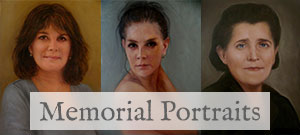
There is a denial of death in our culture. In our postmodern, affluent West, we don’t see people die, wash their bodies, dress them lovingly, and watch over them for a day and night in our homes. Instead we call the undertaker or the coroner and they’re whisked away, to be kept in fridges or opened up for autopsies. Often there’s not even a ‘viewing’ before burial or cremation – and if there is, the dead person is so plastered with makeup or injected with chemicals they’re unrecognizable as the living, breathing, warm-fleshed loved one they once were.
When my mother was growing up in a Greek village in the 1940s, death was both familiar and mundane. The beloved was no less so when dead than when alive. They were tended to, perfumed and chanted over. Candles were lit, flowers picked from gardens and fields and strewn on the body. No coffins to hide the reality, no euphemisms to gloss over the beauty and terror.
When my sister died at the age of 44, I remember driving across town to hospital and watching advertising billboards flash past; images of youthful curves and lips, blank ageless bodies. It was then that it cut me to the heart: We don’t believe in death.
Statistically, more people over 65 are dying in hospices than in hospitals. But we’re still a long way from the village model. The hospice care that people are receiving is only in the two to three days before death, when all medical avenues have been exhausted. So a dying person is subjected to treatment that doesn’t prolong life or ease pain, but exists so that the underlying denial can be perpetuated. This non-acceptance of death is so endemic to our Western ideals of push harder, be positive, don’t give up. And in the process, our entire society suffers, and so does our relationship with our own mortality and the infinite possibilities of our own transcendence.



